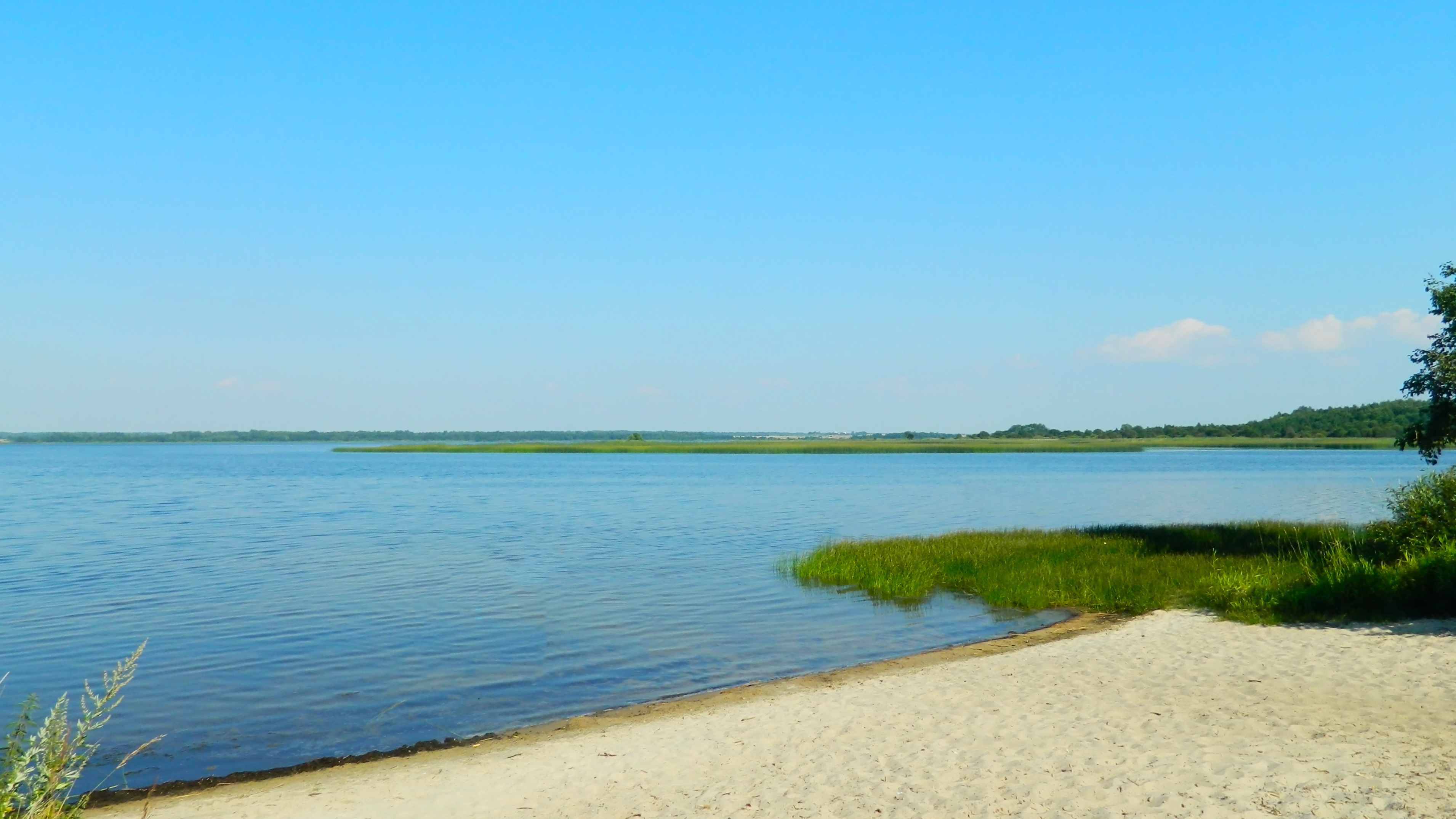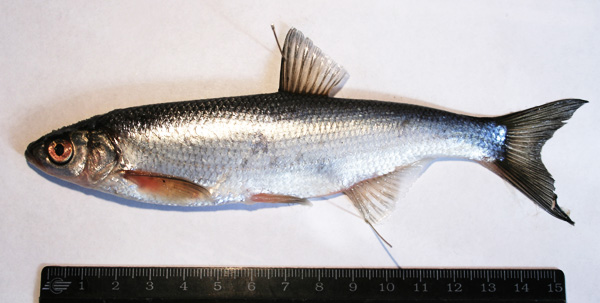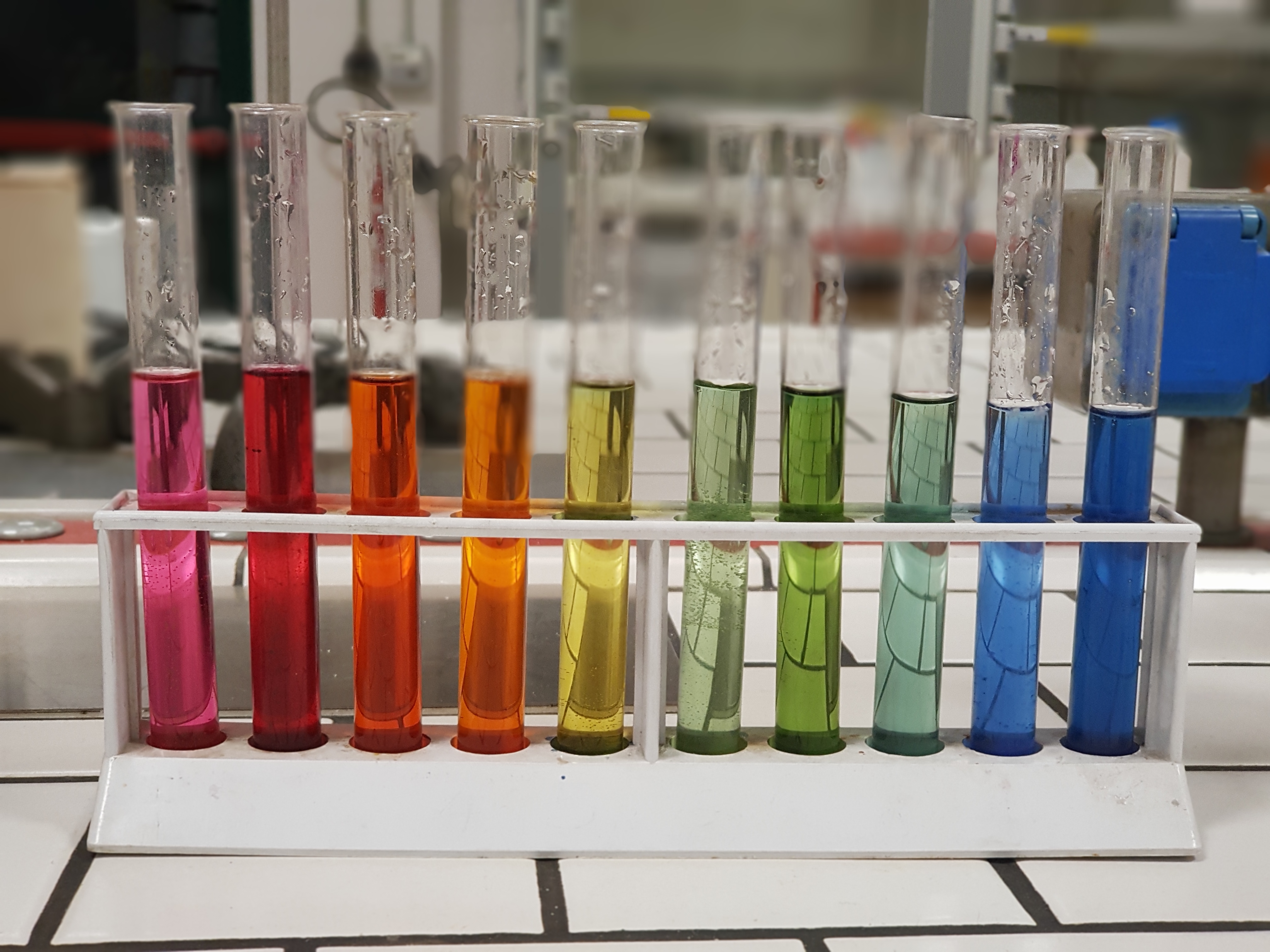|
Syalyava
Syalyava or Selyava ( be, Сялява, russian: Селява) is a lake in Minsk Voblast, Krupki District, Belarus. It is located 20 km from Krupki. Geography Ribbon lake Syalyava is located on a lowland, gently undulating terrain, among moraine hills with slopes of 6–8 m high, in the north descending to a height of 3–5 m. The shores of the lake are sandy, partly in the north, they gently slope towards the water (in the south, they smoothly merge into the slopes of the nearby hills); overgrown with shrubs or forest, wetlands near the inlet of watercourses (especially in the north-west). The catchment area of the lake - with an area of 324 km2 - is largely arable land, only about a quarter of it is covered with forest. The reservoir is irregularly shaped and stretches along the north–south axis. It consists of a larger northern body of water and a long, winding southern bay. Its total length is about 15 km, and the maximum width is appr. 3 km. The coast ... [...More Info...] [...Related Items...] OR: [Wikipedia] [Google] [Baidu] |
Selyava 2015-08
Syalyava or Selyava ( be, Сялява, russian: Селява) is a lake in Minsk Voblast, Krupki District, Belarus. It is located 20 km from Krupki. Geography Ribbon lake Syalyava is located on a lowland, gently undulating terrain, among moraine hills with slopes of 6–8 m high, in the north descending to a height of 3–5 m. The shores of the lake are sandy, partly in the north, they gently slope towards the water (in the south, they smoothly merge into the slopes of the nearby hills); overgrown with shrubs or forest, wetlands near the inlet of watercourses (especially in the north-west). The catchment area of the lake - with an area of 324 km2 - is largely arable land, only about a quarter of it is covered with forest. The reservoir is irregularly shaped and stretches along the north–south axis. It consists of a larger northern body of water and a long, winding southern bay. Its total length is about 15 km, and the maximum width is appr. 3 km. The coast ... [...More Info...] [...Related Items...] OR: [Wikipedia] [Google] [Baidu] |
Minsk Voblast
Minsk Region or Minsk Oblast or Minsk Voblasts ( be, Мі́нская во́бласць, ''Minskaja voblasć'' ; russian: Минская о́бласть, ''Minskaya oblast'') is one of the regions of Belarus. Its administrative center is Minsk, although it is a separate administrative territorial entity of Belarus. As of 2011, the region's population is 1,411,500. Geography Minsk Region covers a total of 39,900 km², about 19.44% of the national total area. Lake Narach, the largest lake in the country, is located in the northern part of the region. There are four other large lakes in this region: Svir (8th largest), Myadel (11th largest), Syalyava (14th largest) and Myastro (15th largest). It is the only region of Belarus whose border is not part of the international border of Belarus. History Beginning the 10th century, the territory of the current Minsk Region was part of Kievan Rus', the Principality of Polotsk, and later it was included in the Grand Duchy of Lithuan ... [...More Info...] [...Related Items...] OR: [Wikipedia] [Google] [Baidu] |
Krupki District
Krupki District is a second-level administrative subdivision (raion) of Minsk Region, Belarus. Its capital is the town of Krupki Krupki (, , , lt, Krupkos) is a small city in Krupki Raion, Minsk Region, Belarus. History History before 1914 Krupki was founded in 1067 and existed during both the medieval Kingdom of Poland (1025–1385), Kingdom of Poland and of the great .... Also located in the district are the small towns of Bobr and Chalopieničy. The largest lake of the district is Lake Syalyava (fourteenth largest in Belarus). Notable residents * Uladzimer Kavalonak (also known as Vladimir Kovalyonok) (1942, Belaje village), Soviet Belarusian cosmonaut * Ales Pushkin (b. August 6, 1965, Bobr village), Belarusian non-conformist painter, theater artist, performer, art curator, and political prisoner References Districts of Minsk Region {{Belarus-geo-stub ... [...More Info...] [...Related Items...] OR: [Wikipedia] [Google] [Baidu] |
Lake Lukomlskoye
Lake Lukomlskoye or Lukoml Lake ( be, Лукомскае возера or Лукомальскае возера, russian: Лукомльское озеро) is a lake in the Chashniki district, Vitsebsk Voblast, of Belarus Belarus,, , ; alternatively and formerly known as Byelorussia (from Russian ). officially the Republic of Belarus,; rus, Республика Беларусь, Respublika Belarus. is a landlocked country in Eastern Europe. It is bordered by R .... It is the fourth largest lake in Belarus. The Lukoml power station is located by it in the city of Novolukoml. References Lakes of Belarus Chashniki District {{Belarus-geo-stub ... [...More Info...] [...Related Items...] OR: [Wikipedia] [Google] [Baidu] |
Coregonus Albula
''Coregonus albula'', known as the vendace or as the European cisco, is a species of freshwater whitefish in the family Salmonidae. It is found in lakes in northern Europe, especially Finland, Latvia, Lithuania, Sweden, Russia and Estonia, and in some lakes of Norway, the United Kingdom, northern Germany, and Poland. It is also found in diluted brackish water in the Gulfs of Finland and Bothnia, both of which are in the Baltic Sea. The length of an adult is normally about . The maximum age is about ten years. The vendace is traditionally the most important target of freshwater fisheries in parts of Fennoscandia and Russia. Vendace roe is considered a delicacy, which has been granted a PDO status in the Swedish Bothnian Bay archipelago (Kalix löjrom). Description The vendace is a slim, streamlined fish with an adipose fin - an additional small fin on the back between the dorsal fin and the tail (caudal fin), as is typical of the salmon family. Its lower jaw is longer than the ... [...More Info...] [...Related Items...] OR: [Wikipedia] [Google] [Baidu] |
Alburnus Leobergi
''Alburnus leobergi'' is a species of ray-finned fish in the genus '' Alburnus''; it is widespread in Eastern Europe in the Sea of Azov basin. A landlocked population exists in Tsimlyansk Reservoir (Don Don, don or DON and variants may refer to: Places *County Donegal, Ireland, Chapman code DON *Don (river), a river in European Russia *Don River (other), several other rivers with the name *Don, Benin, a town in Benin *Don, Dang, a vill ... drainage). It is a benthopelagic fish, up to 40.3 cm long. References Alburnus Fish described in 2007 Taxa named by Jörg Freyhof Freshwater fish of Europe Fish of Russia {{Cyprinidae-stub ... [...More Info...] [...Related Items...] OR: [Wikipedia] [Google] [Baidu] |
Ichthyofauna
Fish are aquatic, craniate, gill-bearing animals that lack limbs with digits. Included in this definition are the living hagfish, lampreys, and cartilaginous and bony fish as well as various extinct related groups. Approximately 95% of living fish species are ray-finned fish, belonging to the class Actinopterygii, with around 99% of those being teleosts. The earliest organisms that can be classified as fish were soft-bodied chordates that first appeared during the Cambrian period. Although they lacked a true spine, they possessed notochords which allowed them to be more agile than their invertebrate counterparts. Fish would continue to evolve through the Paleozoic era, diversifying into a wide variety of forms. Many fish of the Paleozoic developed external armor that protected them from predators. The first fish with jaws appeared in the Silurian period, after which many (such as sharks) became formidable marine predators rather than just the prey of arthropods. Most f ... [...More Info...] [...Related Items...] OR: [Wikipedia] [Google] [Baidu] |
Zoobenthos
Benthos (), also known as benthon, is the community of organisms that live on, in, or near the bottom of a sea, river, lake, or stream, also known as the benthic zone.Benthos from the Census of Antarctic Marine Life website This community lives in or near marine or freshwater sedimentary environments, from s along the , out to the , and t ... [...More Info...] [...Related Items...] OR: [Wikipedia] [Google] [Baidu] |
Phytoplankton
Phytoplankton () are the autotrophic (self-feeding) components of the plankton community and a key part of ocean and freshwater ecosystems. The name comes from the Greek words (), meaning 'plant', and (), meaning 'wanderer' or 'drifter'. Phytoplankton obtain their energy through photosynthesis, as do trees and other plants on land. This means phytoplankton must have light from the sun, so they live in the well-lit surface layers (euphotic zone) of oceans and lakes. In comparison with terrestrial plants, phytoplankton are distributed over a larger surface area, are exposed to less seasonal variation and have markedly faster turnover rates than trees (days versus decades). As a result, phytoplankton respond rapidly on a global scale to climate variations. Phytoplankton form the base of marine and freshwater food webs and are key players in the global carbon cycle. They account for about half of global photosynthetic activity and at least half of the oxygen production, despite ... [...More Info...] [...Related Items...] OR: [Wikipedia] [Google] [Baidu] |
Eutrophic
Eutrophication is the process by which an entire body of water, or parts of it, becomes progressively enriched with minerals and nutrients, particularly nitrogen and phosphorus. It has also been defined as "nutrient-induced increase in phytoplankton productivity". Water bodies with very low nutrient levels are termed oligotrophic and those with moderate nutrient levels are termed mesotrophic. Advanced eutrophication may also be referred to as dystrophic and hypertrophic conditions. Eutrophication can affect freshwater or salt water systems. In freshwater ecosystems it is almost always caused by excess phosphorus. In coastal waters on the other hand, the main contributing nutrient is more likely to be nitrogen, or nitrogen and phosphorus together. This depends on the location and other factors. When occurring naturally, eutrophication is a very slow process in which nutrients, especially phosphorus compounds and organic matter, accumulate in water bodies. These nutrients derive f ... [...More Info...] [...Related Items...] OR: [Wikipedia] [Google] [Baidu] |
Alkaline
In chemistry, an alkali (; from ar, القلوي, al-qaly, lit=ashes of the saltwort) is a base (chemistry), basic, ionic compound, ionic salt (chemistry), salt of an alkali metal or an alkaline earth metal. An alkali can also be defined as a base that dissolves in water. A solution of a soluble base has a pH greater than 7.0. The adjective alkaline, and less often, alkalescent, is commonly used in English language, English as a synonym for basic, especially for bases soluble in water. This broad use of the term is likely to have come about because alkalis were the first bases known to obey the acid-base reaction theories#Arrhenius theory, Arrhenius definition of a base, and they are still among the most common bases. Etymology The word "alkali" is derived from Arabic ''al qalīy'' (or ''alkali''), meaning ''the calcined ashes'' (see calcination), referring to the original source of alkaline substances. A water-extract of burned plant ashes, called potash and composed mostly ... [...More Info...] [...Related Items...] OR: [Wikipedia] [Google] [Baidu] |
PH Scale
In chemistry, pH (), historically denoting "potential of hydrogen" (or "power of hydrogen"), is a scale used to specify the acidity or basicity of an aqueous solution. Acidic solutions (solutions with higher concentrations of ions) are measured to have lower pH values than basic or alkaline solutions. The pH scale is logarithmic and inversely indicates the concentration of hydrogen ions in the solution.Bates, Roger G. ''Determination of pH: theory and practice''. Wiley, 1973. :\ce = - \log(a_\ce) = -\log( ce\ce M) where M = mol dm−3. At 25 °C (77 °F), solutions with a pH less than 7 are acidic, and solutions with a pH greater than 7 are basic. Solutions with a pH of 7 at this temperature are neutral (i.e. have the same concentration of H+ ions as OH− ions, i.e. pure water). The neutral value of the pH depends on the temperaturebeing lower than 7 if the temperature increases above 25 °C. The pH value can be less than 0 for very concentrated strong acids ... [...More Info...] [...Related Items...] OR: [Wikipedia] [Google] [Baidu] |


.jpg)




